Definition and Concepts
Branchless banking in Indonesia is part of a national financial inclusion strategy aimed at providing financial services without traditional bank branches. It leverages information and communication technology (ICT) and non-bank retail agents to reach underserved populations. These services are critical for low-income individuals who are often excluded from the formal banking system.
With the introduction of Laku Pandai in 2014, financial services became more accessible through branchless agents. Using tools such as Electronic Data Capture (EDC) devices, these agents offer basic banking without requiring customers to visit physical bank branches. The process to open an account is typically simple, involving low or no setup fees and minimal paperwork. This innovation creates a welcoming environment for the unbanked population to join the financial ecosystem.
Despite these advantages, the initiative faces challenges, particularly in maintaining agent service quality and expanding infrastructure into remote areas. Still, the approach marks a significant step toward equitable financial participation.
As digital alternatives proliferate, you can explore trends in establishing mobile-first ecosystems by reading our article on best neobanks in 2025.
Evolution and History
Branchless banking in Indonesia began with the Laku Pandai initiative in 2014. It aimed to bring banking to populations in rural areas where financial institutions were scarce. By utilizing local agents and mobile technology, this model provided a low-cost solution to reach communities with limited financial access.
Early implementation involved collaborations with key players such as BTPN Bank and frog design, who contributed to creating user-centered interfaces and efficient infrastructure. These partnerships focused on tailoring financial products for low-income segments and ensuring technological adaptability.
The strategy emphasized affordability and simplicity. Using mobile phones as the core tool, agents conducted transactions on behalf of banks. Over time, the approach evolved to support community economies and promote inclusive regional development.
The Impact of Branchless Banking on Financial Inclusion
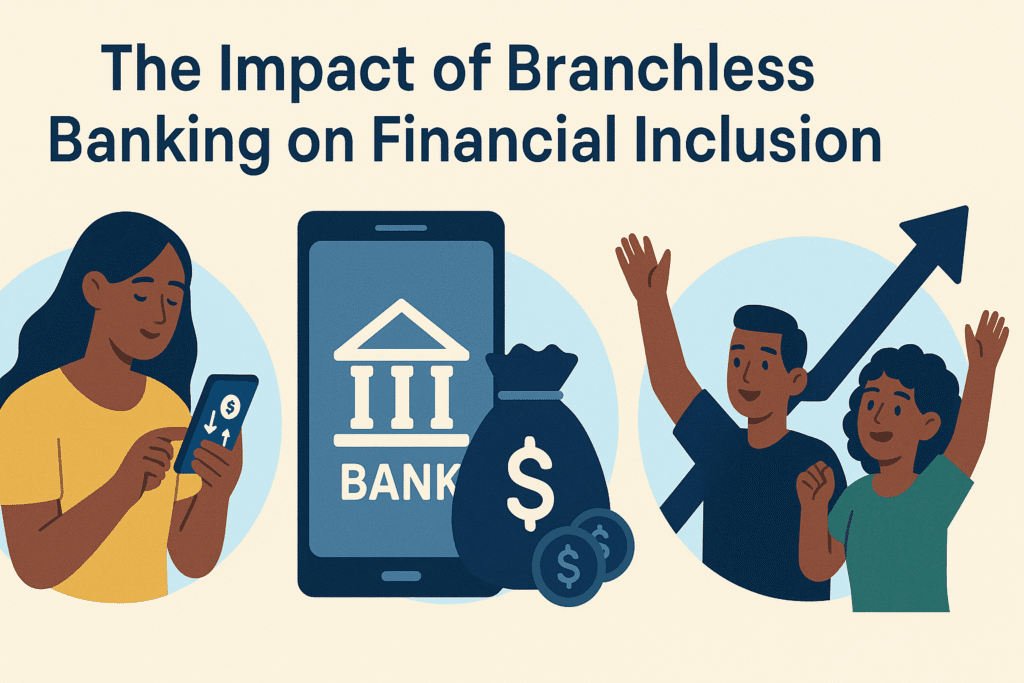
Branchless banking services, particularly under Laku Pandai, have significantly increased financial inclusion across Indonesia. This innovation targets low-income rural populations, enabling them to access cost-effective financial products through authorized agents.
By enabling economic transactions outside traditional branches, this method has expanded reach using mobile technology and localized services. Partnering with organizations like BTPN Bank helped in designing scalable solutions for the bottom-of-the-pyramid demographic.
Financial activities now flourish even in remote regions, and urban dwellers who lack traditional bank access also benefit. The government supports these efforts with regulatory frameworks, boosting adoption rates and financial literacy.
Enhancing Accessibility in Urban Areas
While rural outreach remains a focus, urban accessibility is equally vital. Many city residents remain unbanked due to economic constraints or lack of identification documents. Branchless banking addresses this by offering simplified products through retail agents.
This model supports easier account creation, bill payments, and money transfers. The presence of agents across urban neighborhoods increases visibility and accessibility, making it an essential bridge between formal financial systems and excluded populations.
The Indonesian government encourages these services by developing favorable policies that enhance agent networks. Through initiatives and legal support, urban populations are gaining easier access to banking facilities without needing to visit crowded branches.
Expanding Reach in Rural Areas
In remote parts of Indonesia, physical banks and ATMs are rare. Branchless banking agents serve as vital touchpoints for financial transactions. These agents allow individuals in distant areas to send and receive money, pay bills, and receive government transfers.
OJK, Indonesia’s Financial Services Authority, has enacted policies to ensure that agent coverage grows. These include improving mobile connectivity and supporting agent training programs.
Such steps allow more individuals in remote areas to access financial services efficiently. The availability of agents is a cost-effective alternative to building bank branches in sparsely populated regions.
Agent-Based Development Model
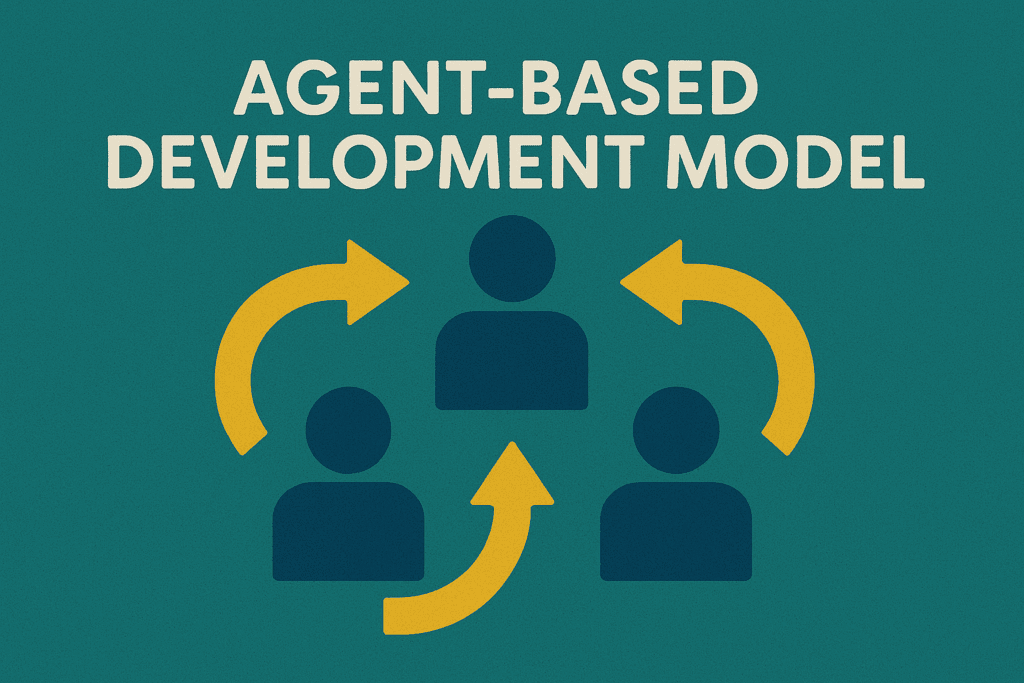
Indonesia’s agent-based model uses local agents strategically placed in suburban, urban, and rural areas. Their goal is to close service gaps, offering an affordable alternative to traditional banking.
Primary research uses mapping tools and surveys to evaluate agent performance. By analyzing this data, banks optimize the placement of agents and improve financial access. The model is particularly suited to Indonesia’s archipelagic geography, where consistent branch infrastructure is not feasible.
Furthermore, the model serves as a blueprint for Islamic banking institutions looking to adapt sharia-compliant services within the branchless framework.
Role of Agents in Local Communities
Known as agen Laku Pandai, these agents are the backbone of Indonesia’s branchless banking network. Their community ties foster trust, making financial services more approachable.
They help users complete basic banking tasks like deposits, withdrawals, and account setup. Additionally, they process government transfers, supporting social assistance programs and pensions.
Their widespread presence helps bridge gaps in financial literacy. Customers can ask questions, get assistance in real-time, and avoid the complexity of formal banking systems.
Leveraging Local Culture and Practices
Indonesia’s diversity demands cultural sensitivity in financial service delivery. Branchless banking initiatives recognize this by aligning service strategies with local customs.
For instance, in Muslim-majority areas, agents tailor offerings to meet sharia compliance. Services are adapted to respect community norms, which builds trust and encourages usage.
Incorporating regional customs into marketing and operations ensures smoother integration and higher adoption among the population. This has proven particularly effective in boosting participation in remote and conservative regions.
Tailoring Islamic Banking Services
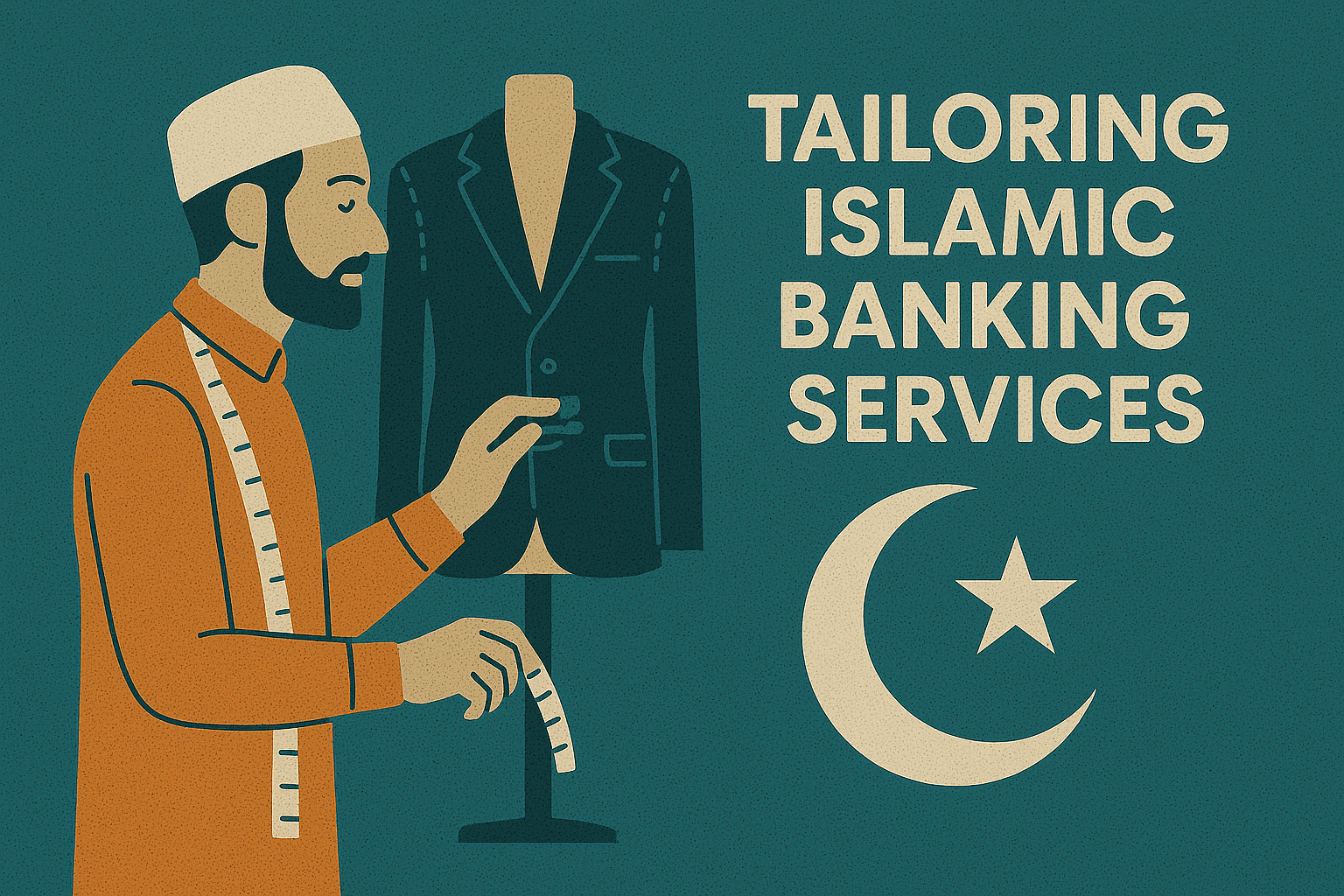
Sharia banks in Indonesia are now integrating branchless strategies. With support from BRI Syariah and BSI, banks are launching mobile tools like BSI Smart for account setup and financial literacy.
Research from Indonesian Islamic banking networks highlights the benefits of using digital platforms and local economic institutions. These efforts not only simplify account creation but also foster customer trust.
Sharia banks adopting branchless models show profitability gains and improved customer outreach. This proves the model’s versatility across various banking sectors in Indonesia.
Challenges and Opportunities
While the model is promising, several challenges persist. Agent quality varies, and limited digital literacy among users can hinder adoption. Additionally, network issues in rural areas make technology-dependent services less reliable.
However, opportunities abound. Collaborations with fintech firms and NGOs can address training gaps. Strategic partnerships with firms like frog design are helping banks refine interfaces and improve customer experiences.
Improving incentive models for agents and expanding regulatory support could accelerate nationwide adoption. With targeted efforts, the model could become a cornerstone of Indonesia’s economic strategy.
Agent incentives in branchless banking Indonesia echo how neobanks boost engagement—just as outlined in our analysis of the best cashback digital banks in 2025.
Rural Challenges and Solutions
Connectivity remains a challenge. Limited internet access and power outages reduce agent effectiveness in remote regions. In response, banks are deploying solar-powered systems and offline-compatible EDC devices.
Another issue is trust. Many rural dwellers are unfamiliar with digital finance. Education campaigns and village-based training sessions are helping improve adoption rates.
Recent regulations from OJK in 2022 offer more flexibility, allowing agents to operate in broader areas and improving financial inclusion outreach.
Comparative Analysis: Branch-Rich vs. Branchless Models
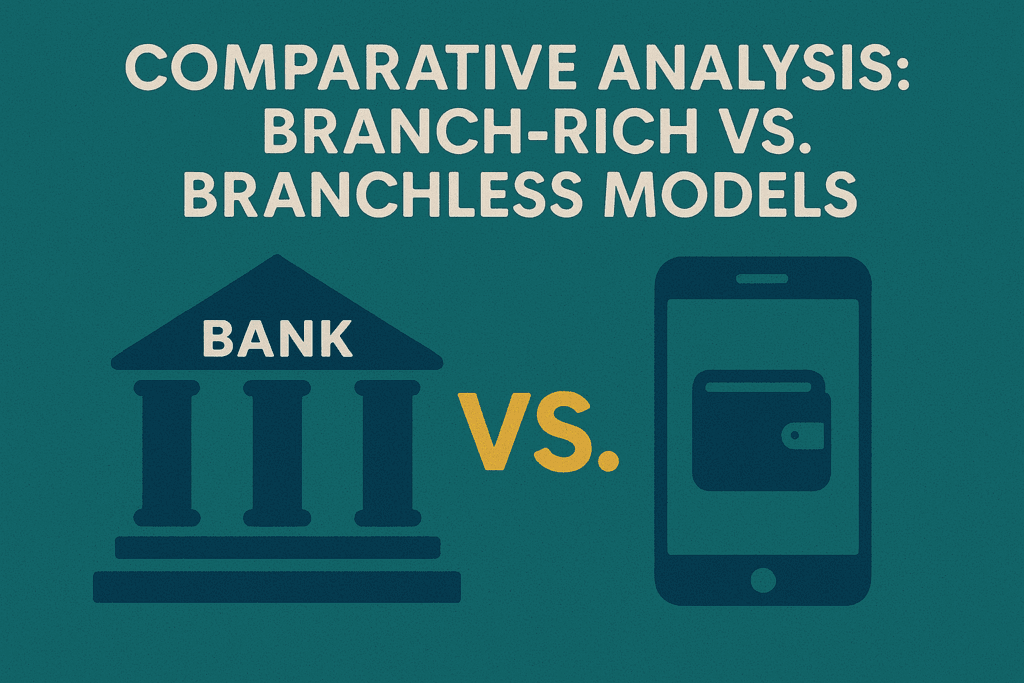
Traditional banks with physical branches offer personalized services and physical infrastructure. However, they are expensive to maintain and not scalable in rural areas.
Branchless banking, by contrast, is cost-efficient and technology-driven. It allows banks to penetrate markets previously considered unprofitable. It aligns better with Indonesia’s development needs.
Moreover, branchless banking incorporates local dynamics, making it more responsive to Indonesia’s cultural and geographic diversity. As the model grows, it complements, rather than replaces, conventional banking.
Strengths and Weaknesses
One of the biggest strengths of branchless banking is its scalability. It quickly expands banking access at a fraction of the cost of building new branches. It also improves financial literacy through personal interaction.
However, inconsistency in agent quality and a lack of formal complaint mechanisms pose risks. Also, not all agents can process complex transactions, limiting functionality.
A balanced approach, integrating digital innovation with human support, can mitigate these weaknesses while retaining the benefits.
Effect on Local Communities
In communities where banks were once out of reach, branchless banking is a game-changer. People can now participate in economic activities more fully, saving, transferring money, and receiving wages securely.
The availability of agents contributes to local job creation. It also promotes entrepreneurship, as many agents operate out of their small businesses, like stores or kiosks.
By enabling financial inclusion, the initiative fosters community growth and more balanced regional development.
Technology-Driven Solutions in Branchless Banking
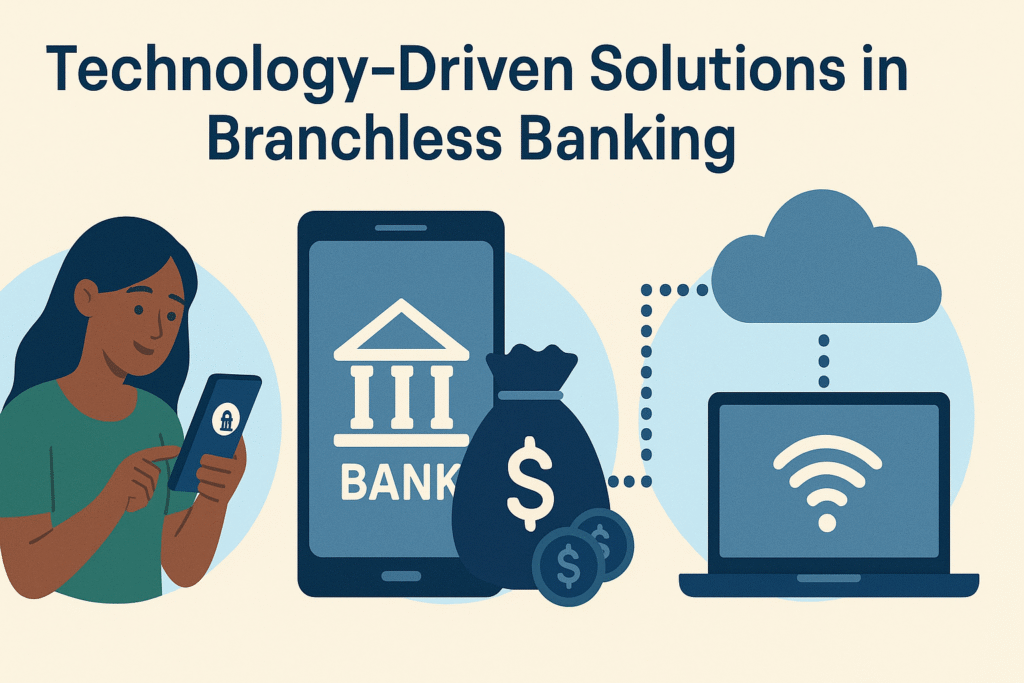
Technology is at the core of this model. EDC devices, mobile phones, and SMS banking allow transactions without internet connectivity. This is essential in regions with poor infrastructure.
Banks are partnering with tech firms to innovate. From UI/UX improvements to system scalability, the private sector is playing a pivotal role in shaping Indonesia’s digital banking future.
These collaborations help create systems that are robust, secure, and scalable across both urban and remote locations.
Just like neobanks offering high-yield savings, branchless banking in Indonesia relies on tech partnerships; for background on digital interest strategies, see our breakdown of the top digital banks with the best interest rates in 2025.
Mobile and Digital Innovations
Mobile banking apps and SMS-based transactions are leading tools in the branchless model. Sharia banks, in particular, have begun offering account creation via mobile tools.
Design partners like frog design help ensure user interfaces are simple and accessible. Accessibility is essential for populations with limited digital literacy.
Mobile tools enable low-cost, wide-reach solutions for financial inclusion. They represent the next frontier in Indonesia’s banking ecosystem.
Overcoming Infrastructure Limitations
Infrastructure gaps, especially in remote areas, hinder traditional banking. Branchless agents bridge this gap using portable tech and mobile networks.
By integrating mobile phones, banks ensure that transactions can occur even without ATMs or branches. This creates a scalable solution with minimal overhead.
The use of solar-powered devices, improved signal coverage, and offline transaction options further enhance service delivery in difficult-to-reach regions.
Metrics and Measurements
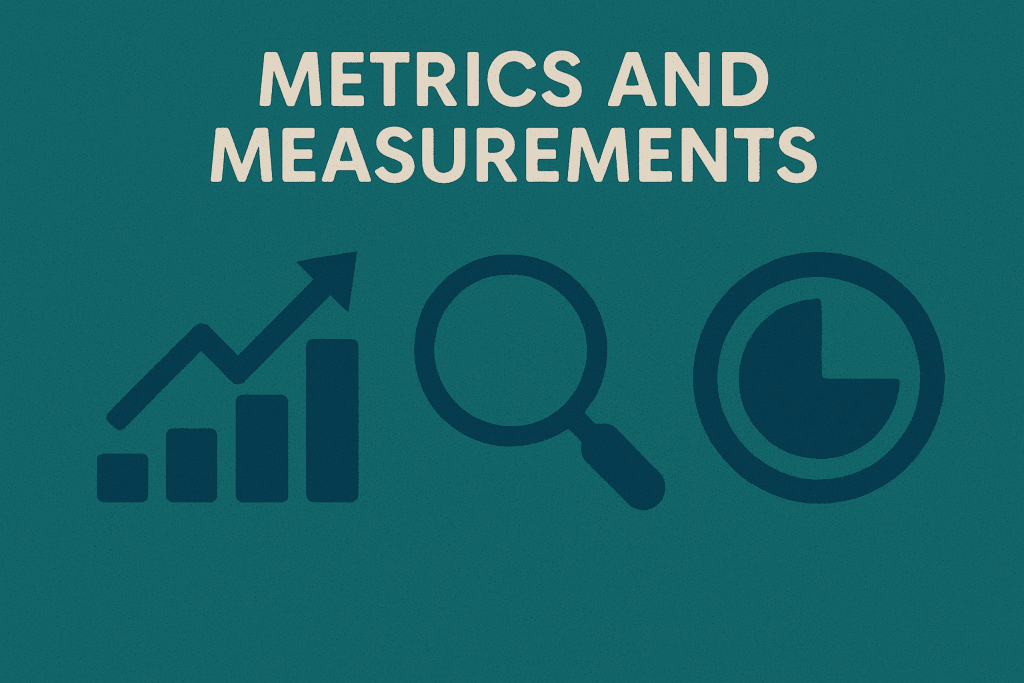
Indonesia tracks the success of branchless banking through agent density, service coverage, and financial impact.
By 2018, over one million agents were operating across the country. These agents service millions of customers and are mapped using GIS tools to ensure strategic placement.
Financial institutions conduct regression and path analyses to study profitability and inclusion metrics. These findings support the scaling of programs and highlight necessary adjustments.
Usage Metrics
Data shows that branchless banking reaches more people than traditional banks in Indonesia. Services are used by millions who previously had no access to formal finance.
Using mobile devices, agents can facilitate fast transactions, improving trust and usage frequency. Banks collect user behavior data to adapt services continually.
As adoption grows, metrics will increasingly guide policy and investment decisions in the financial sector.
Efficiency in Service Delivery
Compared to brick-and-mortar banks, branchless services are more efficient. Agents offer extended hours, personalized service, and operate with lower costs.
Transactions via EDCs are quick and secure. Customers can open accounts, send money, and make payments without long queues or travel.
This operational model allows banks to serve remote populations at a fraction of the cost of conventional banking.
Impact on Financial Literacy
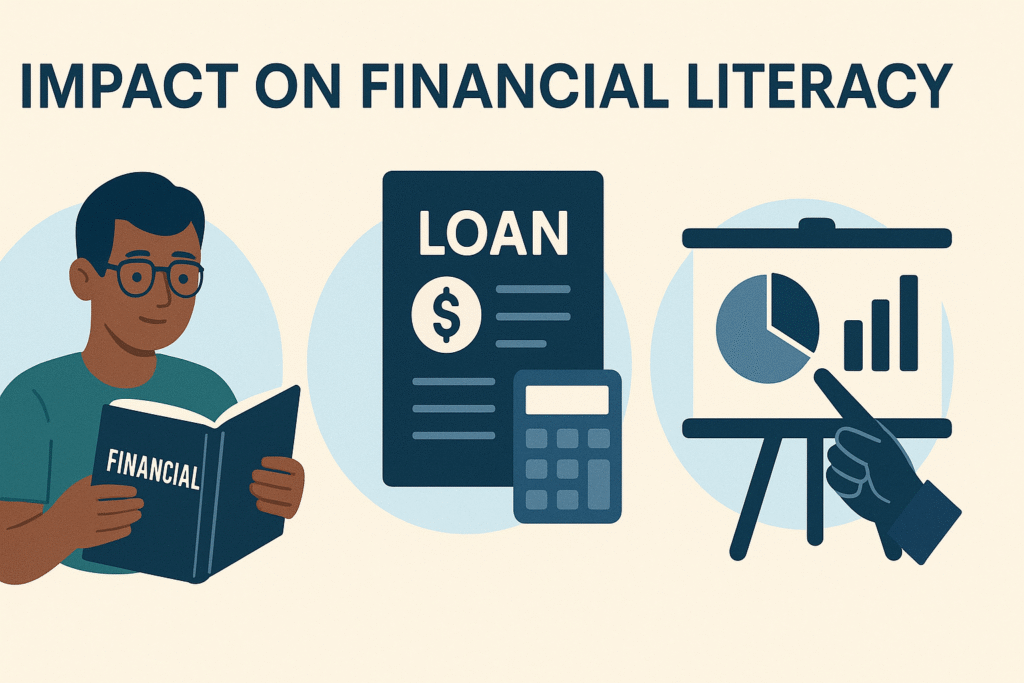
By interacting with agents, customers learn about banking basics. This boosts financial literacy in a more organic and localized way.
Government and NGO-led outreach efforts supplement this with educational materials and workshops. Mobile interfaces are designed for easy understanding.
Improved literacy leads to higher trust in financial services, fostering a cycle of economic participation and savings.
Contribution to Indonesia’s Economic Growth
Branchless banking contributes to economic growth by enabling broader participation in the financial system. It connects the informal sector to formal banking.
Services like microloans, savings accounts, and insurance are now accessible to the unbanked. These offerings stimulate entrepreneurship and household financial stability.
More financial inclusion also means better GDP metrics, stronger local economies, and reduced regional inequality.
Enhancing Economic Participation
The model empowers people to take control of their financial lives. It gives them tools to save, invest, and plan for the future.
Agents operating in diverse regions act as financial educators, helping users understand savings, loans, and risk. This builds community confidence and resilience.
Access to secure and convenient banking catalyzes business formation and household investments.
Aligning with National Development Goals
Indonesia’s development agenda emphasizes inclusive growth. Branchless banking aligns perfectly with this goal.
By using mobile technology and local agents, it offers affordable financial solutions to historically excluded communities. This creates new markets and strengthens the national economy.
Branchless banking is more than financial access; it’s a tool for national development and socio-economic transformation.

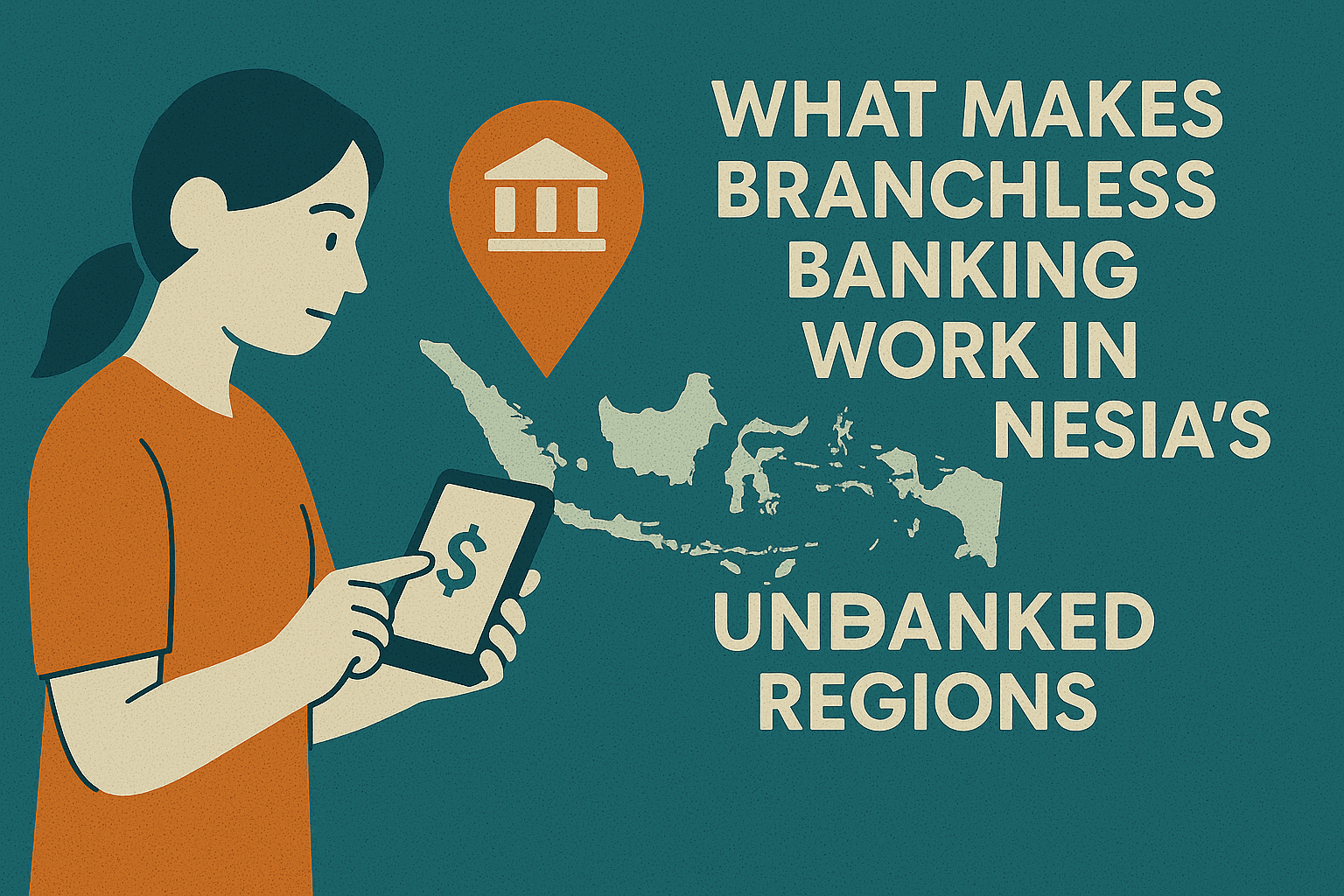

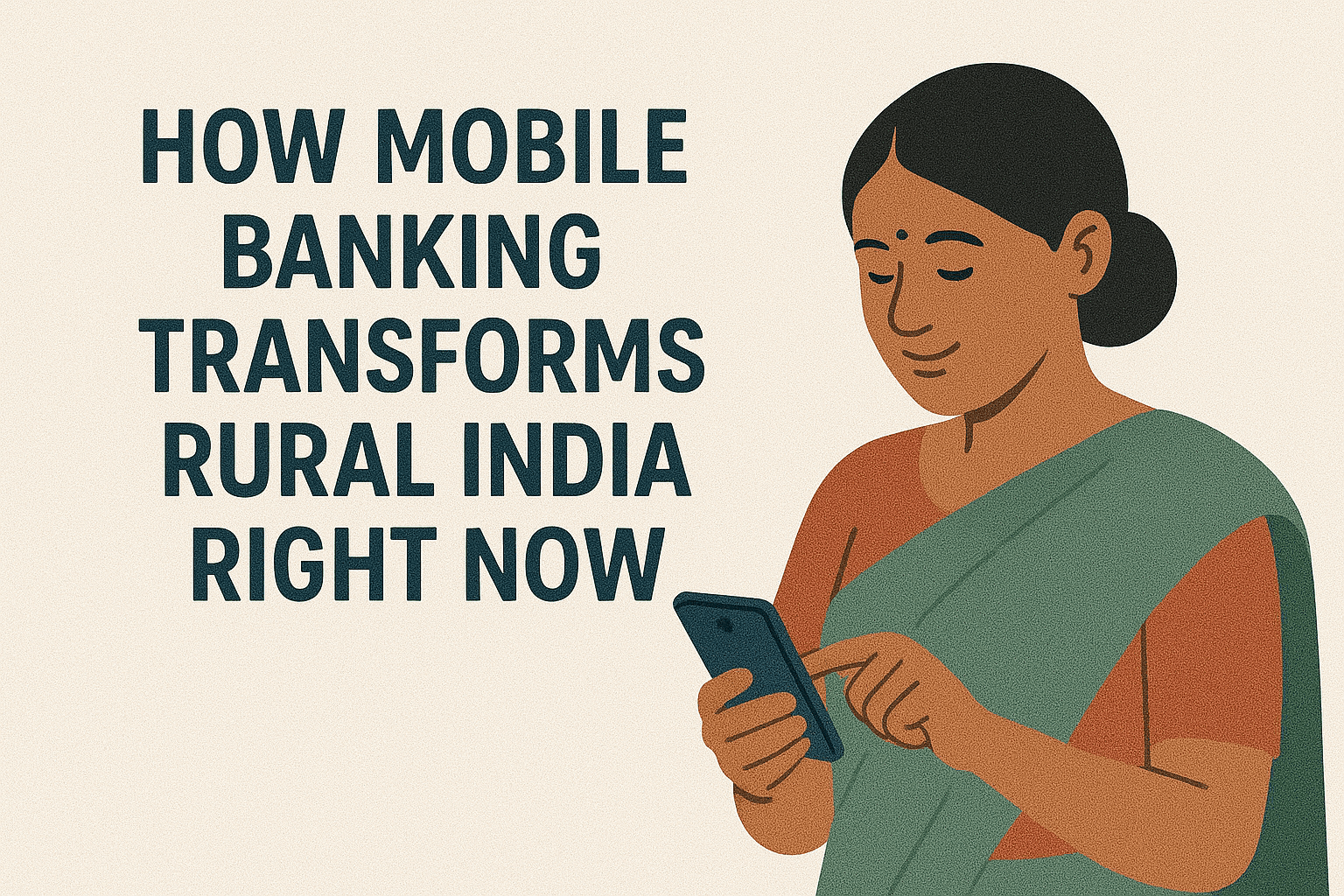
You got a very great website, Gladiolus I found it through yahoo.